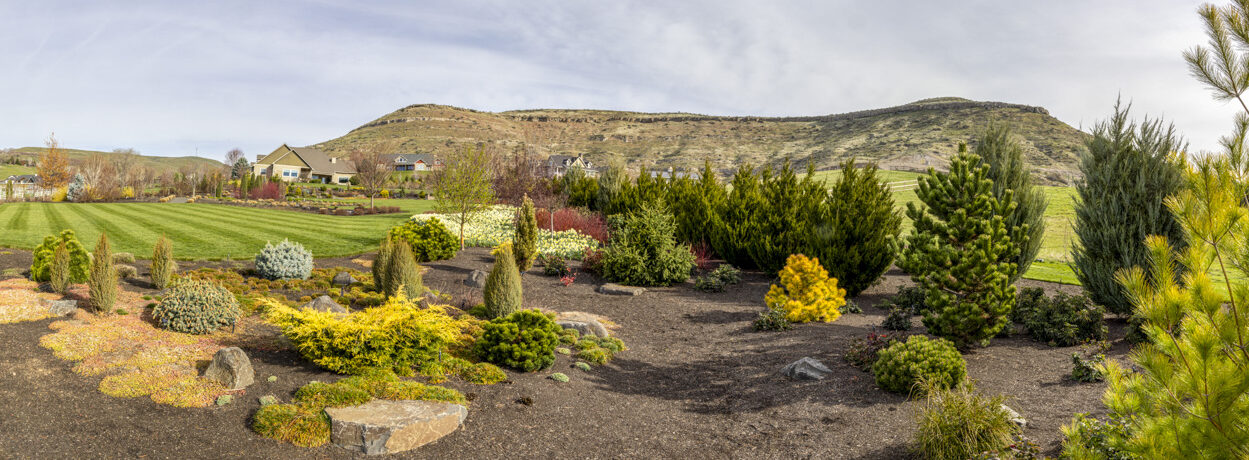 Milky Way over Ft. Rock Crater, Central Oregon
Milky Way over Ft. Rock Crater, Central Oregon
A few weeks ago, a few of my college friends and I drove out to a remote area in Central Oregon to photograph the Milky Way. We had scouted the area on the previous day and thought it would be interesting to photograph the Milky Way rising out of Ft. Rock Crater. The bright object in the lower left is Mars. The bright object in the lower right is Jupiter. We were blessed with this interesting symmetry.
Mary Dahlin wrote this following poem about her experience observing the beautiful sight
The Milky Way over Ft. Rock, Oregon
Our galaxy plots a path from a crater in central Oregon.
Fort Rock, a grand and lonely crater,
looms coolly over flat ground, showing remnants
of what spewed forth a hundred thousand years ago,
short in geologic time but long in human time.
The Milky Way seems to jump out from the center of the crater,
billions of years the product of our Creator, and we look at it
with Mars on the left and Jupiter on the right. Much of this is a mystery.
We know it is a galaxy, but it is too great to fully understand.
The colors are green, blue, and bright yellowish white,
all colors of life, like the ocean, the plants, and the sun.
What is time, and how all-important are we, really?
These are questions too difficult to answer, but for a moment
we can accept the complexity of the universe and our own
and be filled with wonder.
Related Images:











